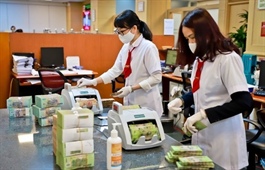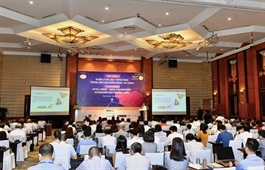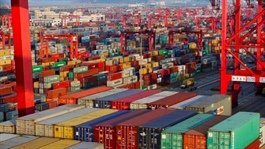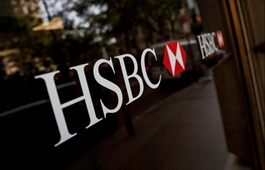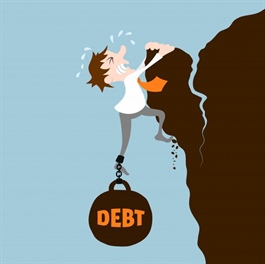Credit growth expected to accelerate in final quarter
Credit growth expected to accelerate in final quarter
The State Bank of Viet Nam (SBV) expects credit growth to expand significantly in the remaining months of this year as the country has successfully contained the COVID-19 pandemic and the economy was expected to return to a recovery path.

The central bank’s updates late last week showed credit had expanded 6.09 per cent in the first nine months of this year compared with the end of 2019.
The highest pace was recorded in services, at 6.32 per cent, followed by construction (5.89 per cent), and agro-forestry-fishery (5.09 per cent), according to the central bank.
Credit has boosted a number of industries that drive the national economy like the production and distribution of electricity, gas, hot water and air conditioners, water supply, waste and wastewater management and treatment; construction, wholesale and retail, and the maintenance of cars, motorbikes and other motor vehicles.
Amidst economic difficulties, the SBV pledged to fully meet the capital needs of the economy and create the best liquidity for commercial banks to cut interest rates to support their clients.
SBV Deputy Governor Dao Minh Tu said credit growth would reach 8-10 per cent this year if the COVID-19 pandemic was well controlled and export and production bounced back.
The central bank from the beginning of this month cut the benchmark interest rate to support the national economy amid the pandemic. Accordingly, the refinancing rate was cut to 4 per cent per annum from 4.5 per cent while the rediscount rate went down to 2.5 per cent from three per cent.
Cuts by 0.5 percentage points were also given to the overnight electronic interbank rate, rate of loans to offset the capital shortage in clearance between the SBV and credit institutions and rate of bids of valuable papers through open market operations.
This was the third rate cut from the beginning of this year.
A recent report by HSBC said that support in terms of monetary policies was necessary as the pandemic was putting deflation pressure on the economy.
Viet Nam’s success in containing the reoccurrence of the virus helped the economy to come back to the recovery path though at a slower-than-expected speed.



